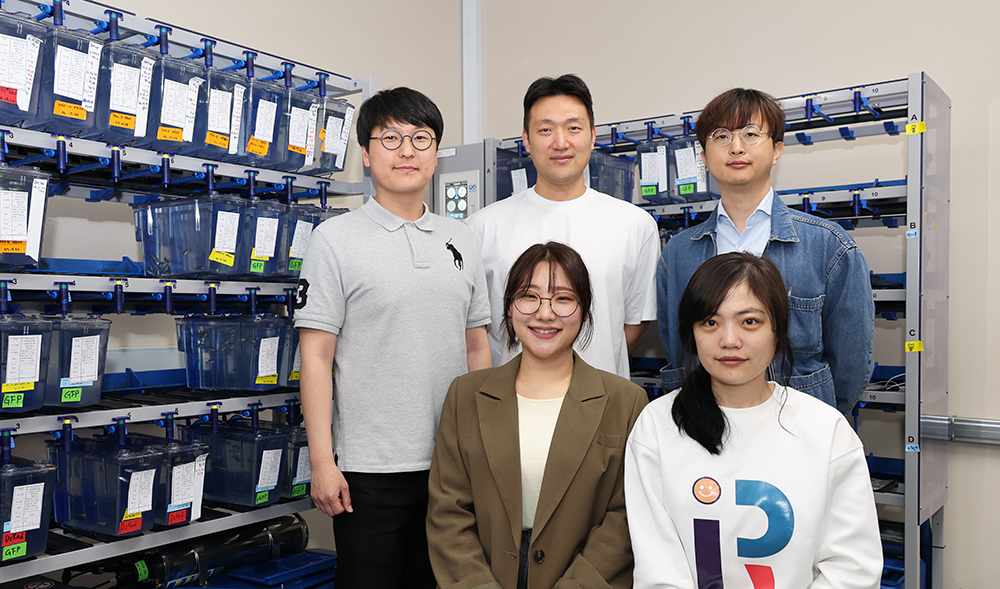
Deciphering the toxic effects of polystyrene nanoparticles on erythropoiesis at single-cell resolution

Research Background and Purpose
With increasing concerns regarding nanoplastic pollution, there is an urgent need to understand its biological impacts, particularly on hematopoiesis. While previous studies have focused on immune and neural toxicity, the effects of nanoplastics on erythropoiesis (red blood cell formation) remain largely unexplored. This study investigates the toxicity of polystyrene nanoparticles (PSNPs) on erythropoiesis using single-cell RNA sequencing (scRNA-seq) to provide an in-depth analysis of their impact on red blood cell differentiation and function.
Key Findings
· Characterization of Polystyrene Nanoparticles (PSNPs)
DLS (Dynamic Light Scattering) and TEM (Transmission Electron Microscopy) confirmed that PSNPs (~20 nm) exhibited a uniform size and shape, while FTIR (Fourier Transform Infrared Spectroscopy) analysis identified surface modifications and possible oxidation that may influence their bioactivity.
· Impact of PSNPs on Erythropoiesis (Single-Cell RNA Sequencing Analysis)
PSNP exposure resulted in a decreased proportion of mature red blood cells (RBCs), and rps7, a ribosomal protein gene, showed reduced expression, indicating translation inhibition in erythroid cells.
Pseudotime trajectory analysis revealed a blockage in RBC differentiation, with immature erythrocytes failing to transition into mature RBCs, and an increased fraction of CMP-like progenitor cells, suggesting delayed differentiation.
· Validation of Erythropoietic Disruption (Functional Assays)
O-dianisidine staining demonstrated a significant reduction in hemoglobin synthesis following PSNP exposure, while qRT-PCR and in situ hybridization confirmed increased gata1a expression, indicating erythroid immaturity and differentiation arrest, and LC-MS/MS metabolomic analysis revealed a marked decrease in heme biosynthesis with downregulation of key genes (alas2, urod, hmbs).
Significance and Impact
This study provides the first single-cell resolution analysis of nanoplastic-induced erythropoietic toxicity, highlighting translation inhibition, differentiation failure, and heme synthesis disruption as key mechanisms. These findings emphasize the potential hazards of environmental nanoplastics on vertebrate hematopoiesis and suggest the necessity for safety evaluation in nanomaterial applications. Through collaboration among multiple research teams at Pusan National University, this study integrates advanced single-cell transcriptomics, zebrafish models, and metabolomics to comprehensively evaluate PSNP toxicity in erythropoiesis. The results provide a valuable foundation for future studies on nanotoxicity and its implications in environmental and biomedical sciences.
- Authors (Pusan National University)
· First authors: Eun Jung Kwon (Medical Research Institute), Hyeon Mi Sung (Department of Convergence Medical Sciences)
· Corresponding authors: Sanghwa Jeong (School of Biomedical Convergence Engineering), Chang-Kyu Oh (Department of Biochemistry, School of Medicine), Yun Hak Kim (Department of Anatomy, School of Medicine)
- Title of original paper: Deciphering the toxic effects of polystyrene nanoparticles on erythropoiesis at single-cell resolution
- Journal: Zoological Research
- Web link: https://pubmed.ncbi.nlm.nih.gov/39846194

 945융합1.jpg
(553KB)
945융합1.jpg
(553KB)